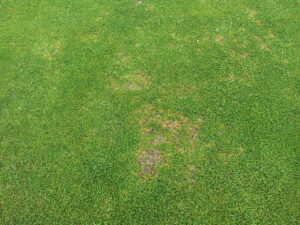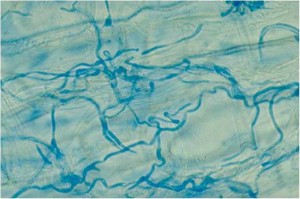Date: Thursday, June 20, 2013
Location: Rutgers Eco-Complex, Bordentown, New Jersey
- Great Speakers: The line-up for this event will include professionals from Rutgers and Cornell Universities, as well as industry professionals and suppliers. These leaders will present you the most up-to-date and relevant information needed for you to continue your business success. Speakers will include Dr. AJ Both, Dr. Neil Matison, Dr. Ann Brooks Gould, Pat Hastings, Don Lovisone, and more.
- Practical Presentations: Our great speakers will be presenting on timely topics specifically for the greenhouse grower. Topics will include pesticide safety, managing diseases in a greenhouse setting, finishing spring flowers and baskets in unheated houses.
- Pesticide Credits approved:
- New Jersey: 2 Units – CORE, 8 Units – 3A, 8 Units – 3C, 8 Units – PP2
- Pennsylvania: 2 Units – 00, 4 Units – PC, 4 Units – 18, 4 Units – 22
- Delaware: 5 Units – 1A, 5 Units – 03
- New York: 1.00 – CORE, 2.00 – 1A, 2.00 – 3A, 2.00 – 10, 2.00 – 24
- Registration: Includes all classes, pesticide credits, a light breakfast and catered lunch. See NJNLA website for details.

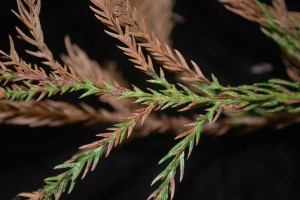
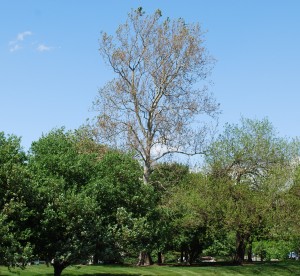
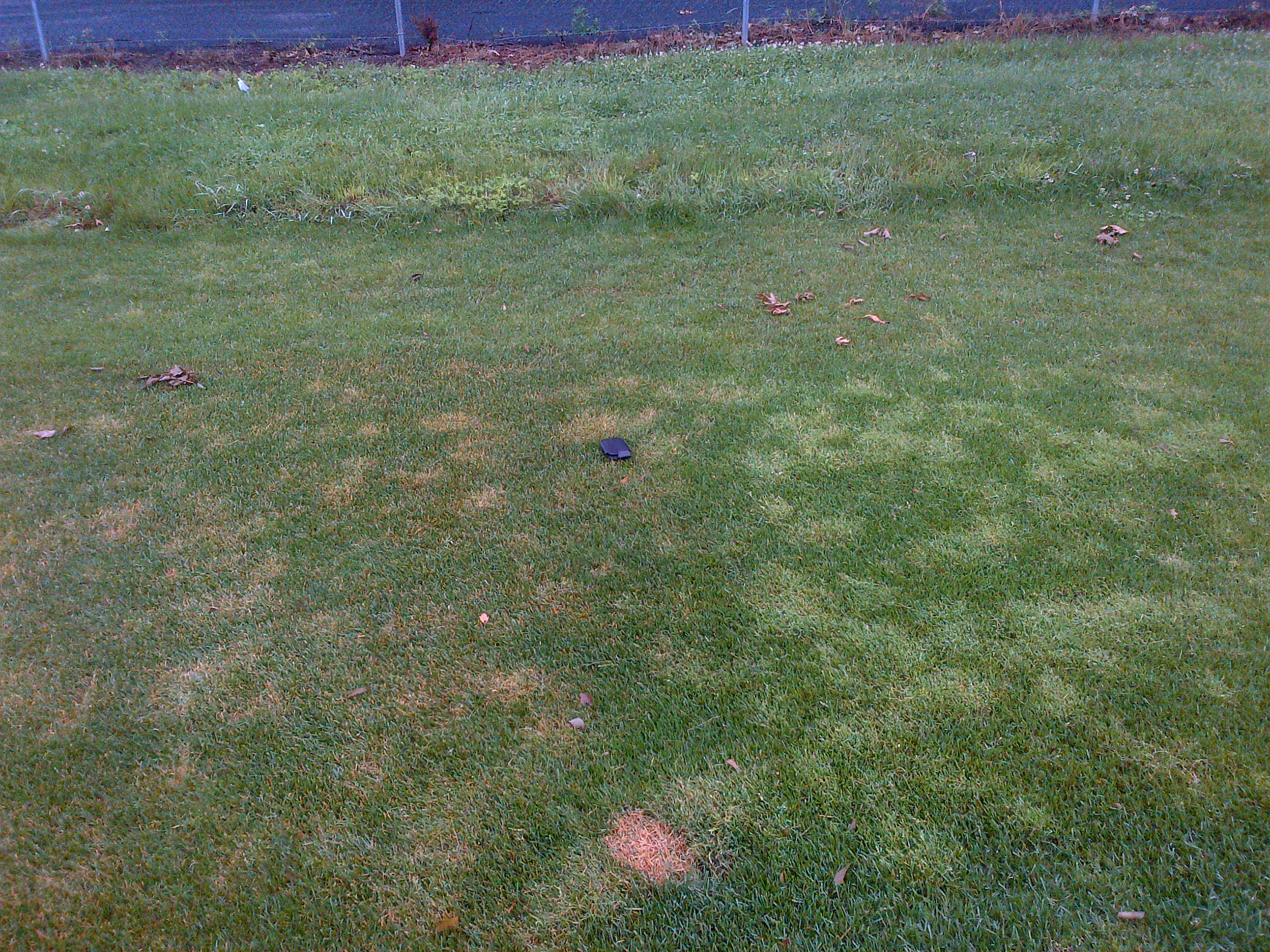 Light-colored patches of grass are annual bluegrass plants in Kentucky bluegrass border of the 2011 NTEP trial at Hort Farm No. 2 in North Brunswick NJ.
Light-colored patches of grass are annual bluegrass plants in Kentucky bluegrass border of the 2011 NTEP trial at Hort Farm No. 2 in North Brunswick NJ.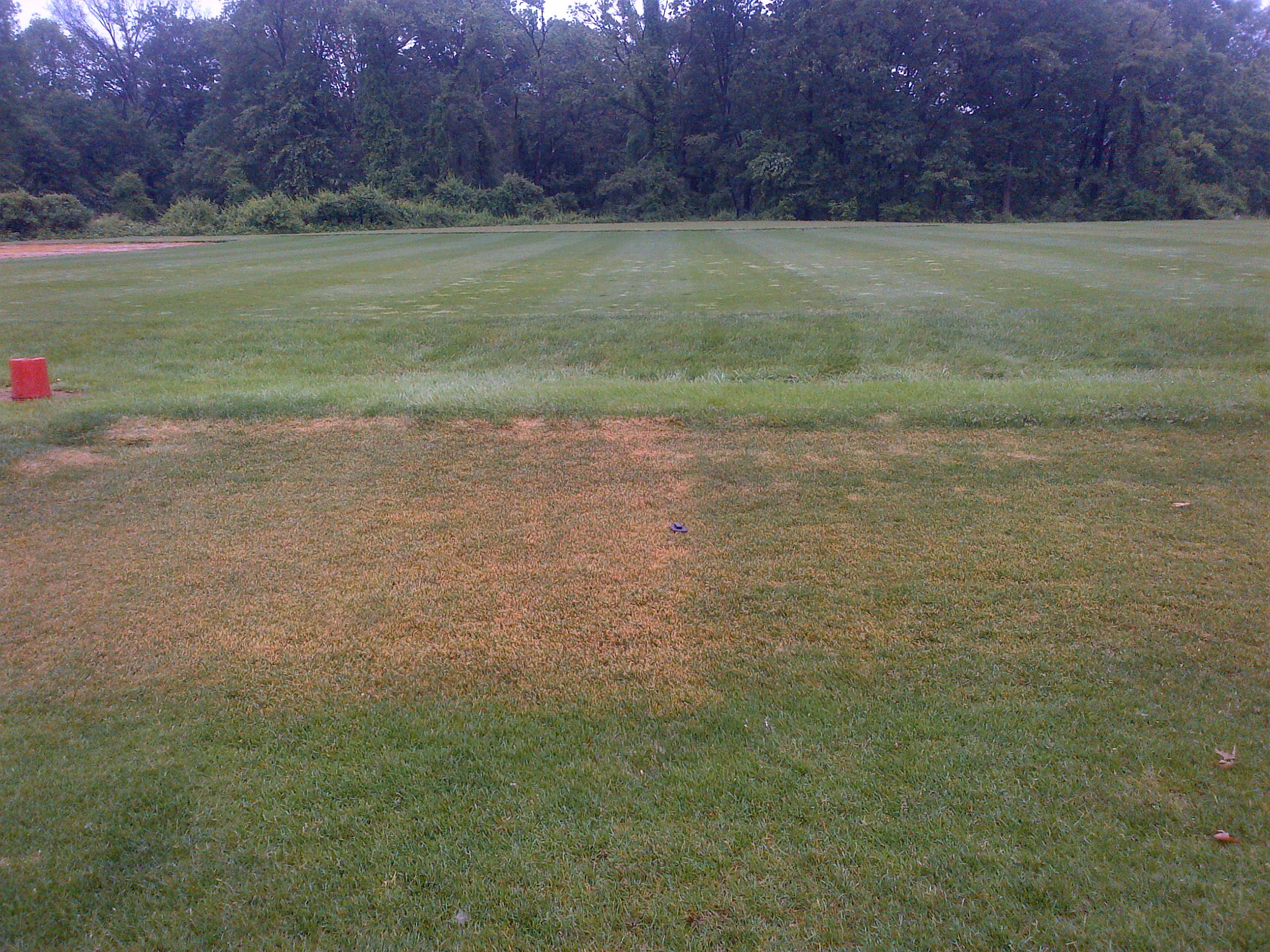 On the left is injury to Kentucky bluegrass from an intentional double-treatment (4.0 oz per acre) with amicarbazone. The yellowing of Kentucky bluegrass on the right side of the image is due to amicarbazone applied at the 2.0 oz per acre, the maximum recommended rate. Image taken about 2 weeks after application.
On the left is injury to Kentucky bluegrass from an intentional double-treatment (4.0 oz per acre) with amicarbazone. The yellowing of Kentucky bluegrass on the right side of the image is due to amicarbazone applied at the 2.0 oz per acre, the maximum recommended rate. Image taken about 2 weeks after application.